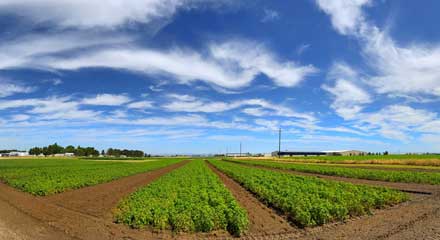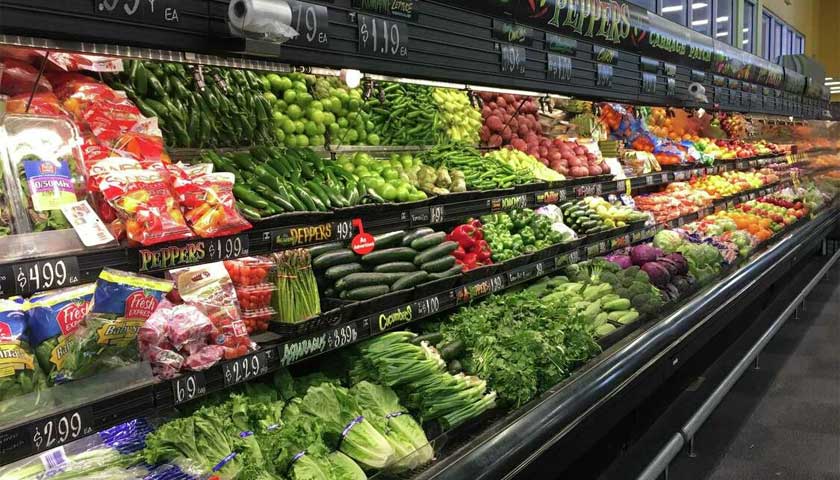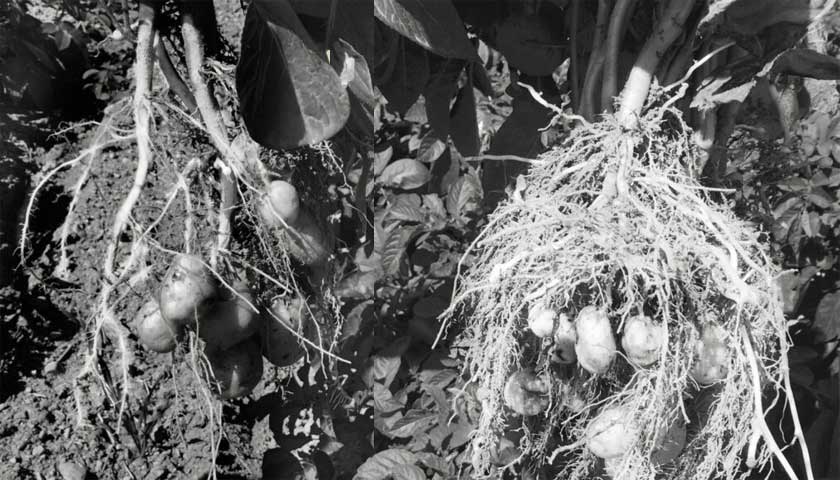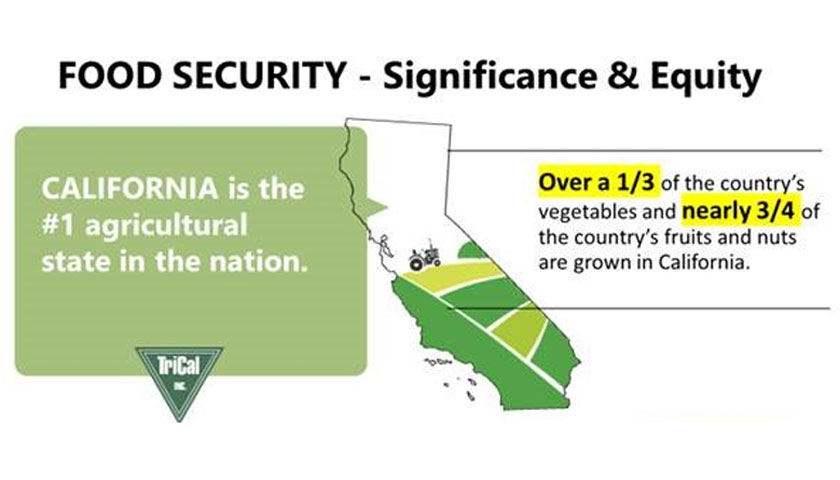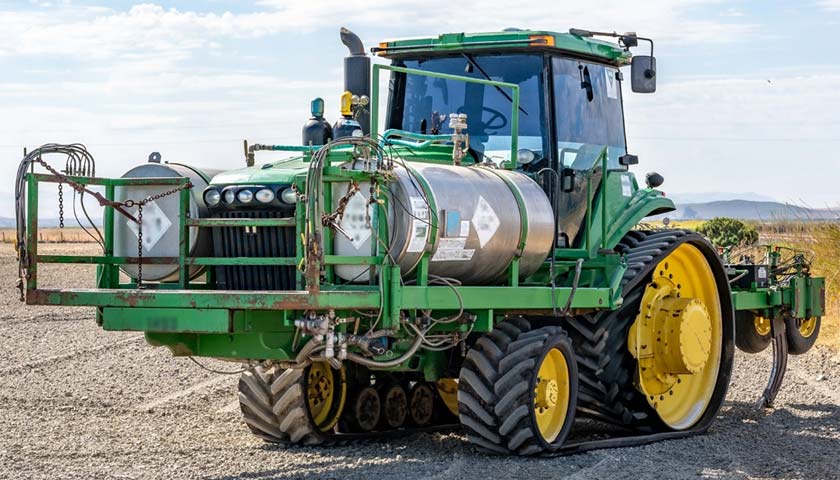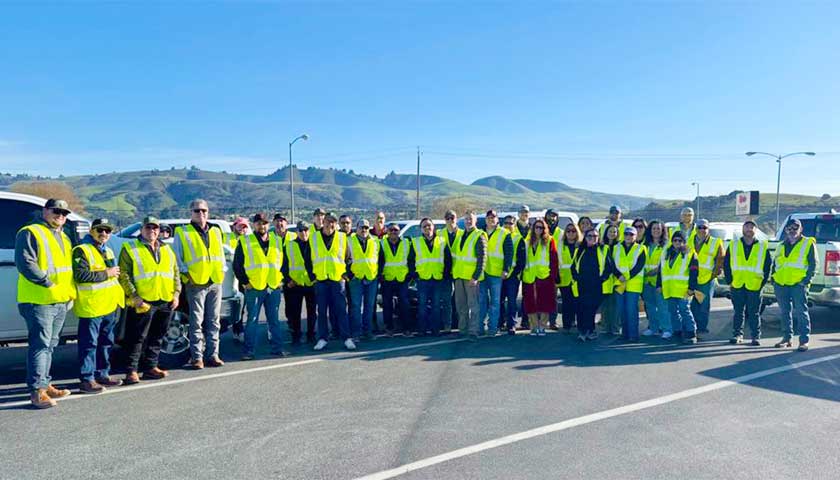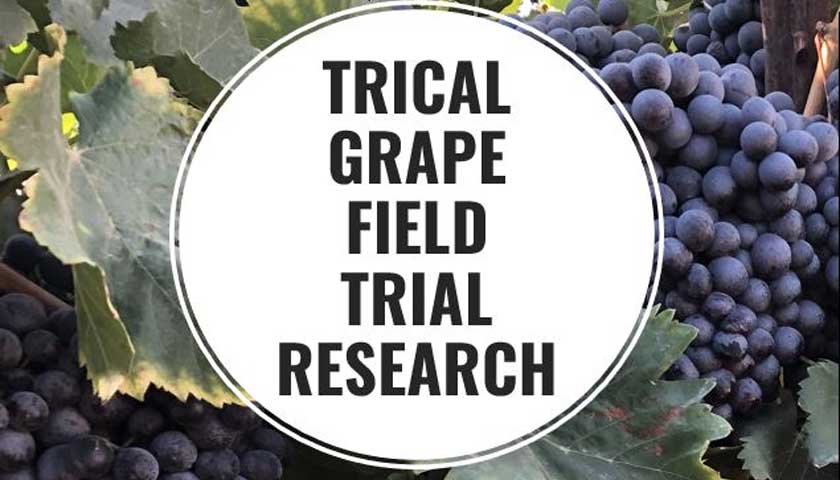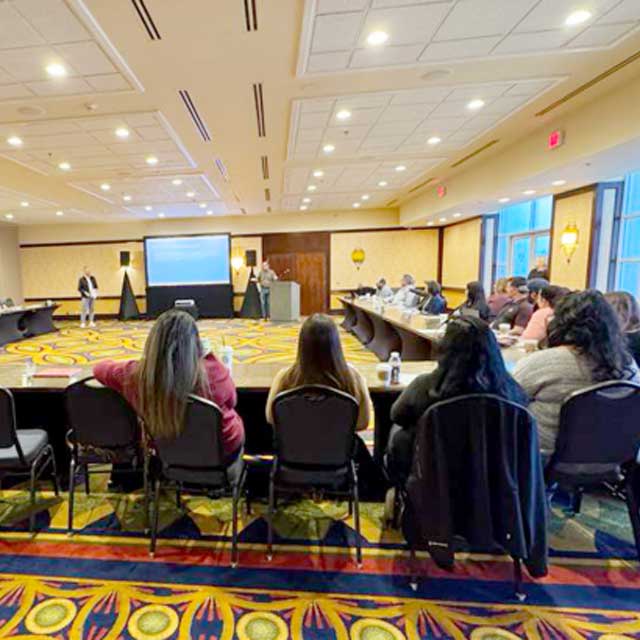
The success of TriCal, Inc.’s Fifth Coastal Meeting reflects the continued commitment to innovation and partnership across the industry. The highlight was the opportunity to hear from leading experts in the scientific community, the Strawberry Commission.
Read More